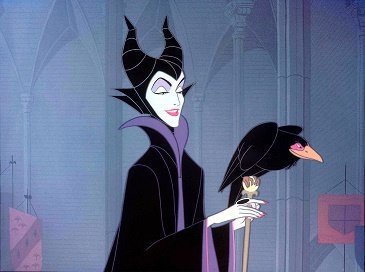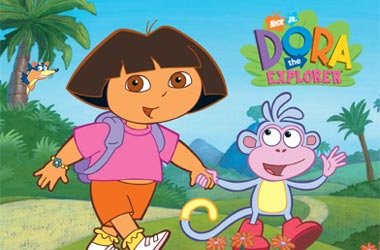In the vast universe of Disney, there’s a character who stands out – Maleficent from Sleeping Beauty. Her unique look and the mysterious past has made her leave a mark in the minds of audiences over many years.
The glorious villainess, Maleficent, was first seen in Disney’s animation, Sleeping Beauty, back in 1959. This character has roots going even beyond. The inspiration for Maleficent came from the story of Charles Perrault, “La Belle au bois dormant” (The Sleeping Beauty), originating in 1697, featuring an evil fairy godmother.
In Perrault’s book, the curse-placing evil fairy godmother is a key role that makes the princess fall into a long sleep. The unique tale we associate with Maleficent came from Disney, drawing ideas from Perrault’s tale but spinning it with a creative touch.
Marc Davis, known for his impressive work on iconic Disney characters like Tinker Bell and Cruella de Vil, played a huge role in Maleficent’s design. Various influences sparked his creation, including the artwork from Albrecht Dürer and the voice-providing actress Eleanor Audley.
Maleficent’s striking appearance is one of the key factors that contribute to her enduring popularity. With her pale green skin, horned headdress, and flowing black robes, she exudes an air of dark elegance and power. Her design has become so iconic that it has been replicated and reimagined in various forms of media, including live-action films and merchandise.
Over the years, Maleficent has made appearances in several Disney projects, further solidifying her status as a beloved character. In 2014, Disney released a live-action film titled Maleficent, starring Angelina Jolie in the titular role. The film explored the backstory of the character and provided a fresh perspective on her motivations and actions.
The success of the live-action film led to the release of a sequel, Maleficent: Mistress of Evil, in 2019. Both films delved deeper into Maleficent’s complex personality, showcasing her vulnerability and her journey towards redemption.
Maleficent’s enduring appeal can be attributed to her complexity as a character. While she is undoubtedly a villain, she is also a complex and multi-dimensional individual with her own motivations and struggles. This depth makes her relatable in a way that few other villains can match.





